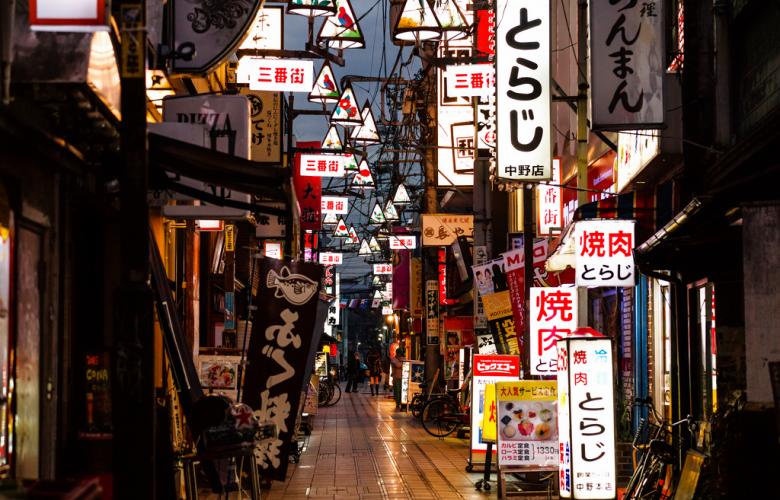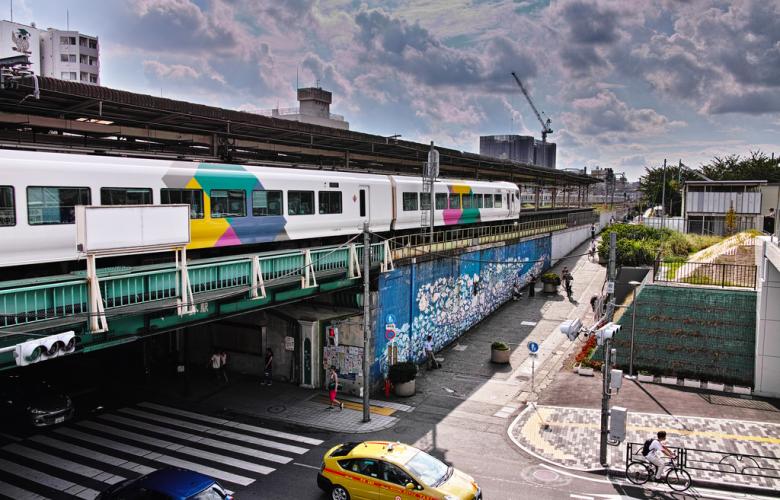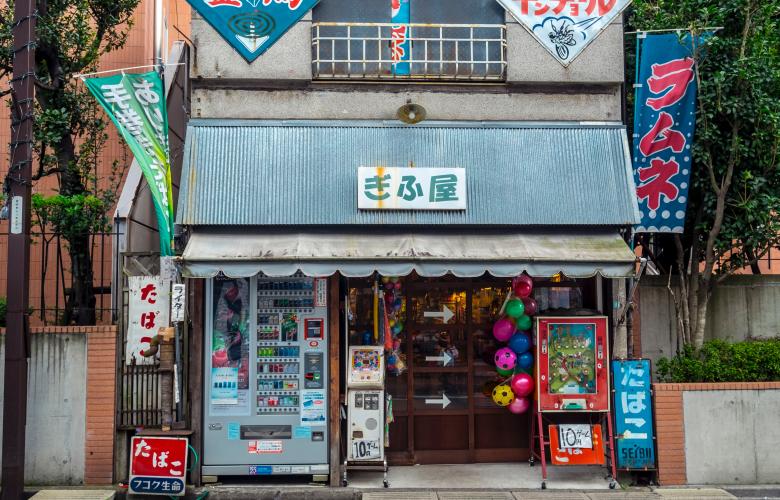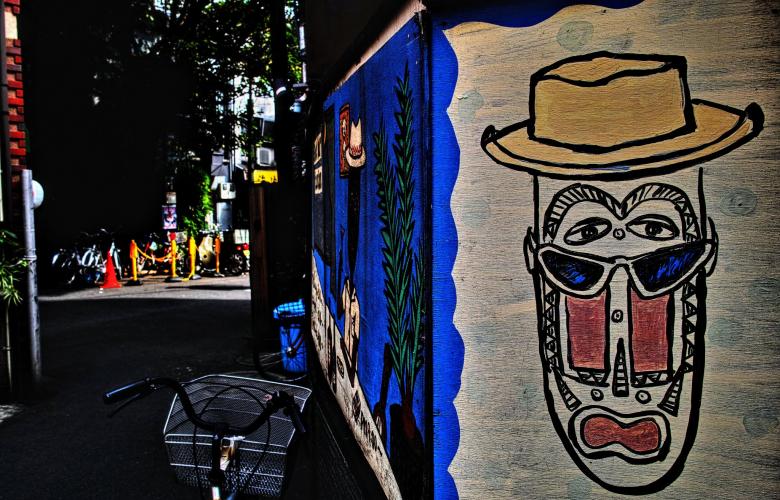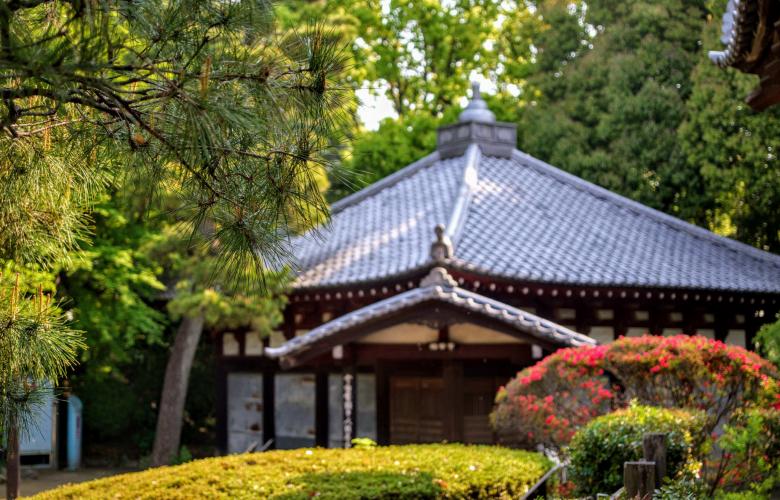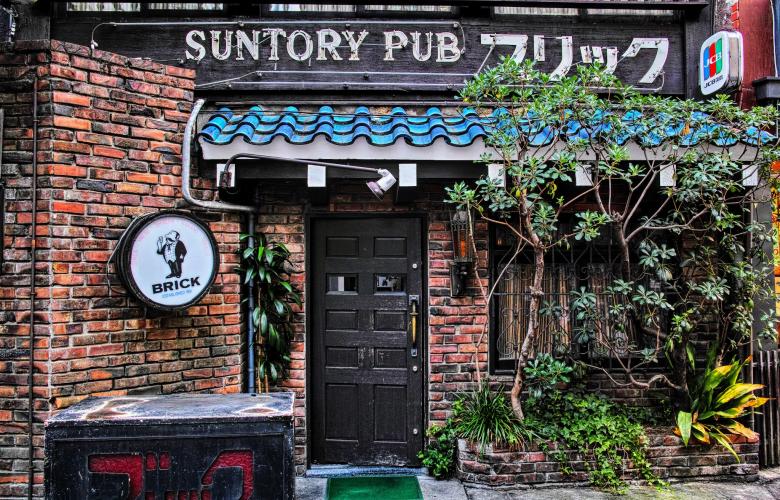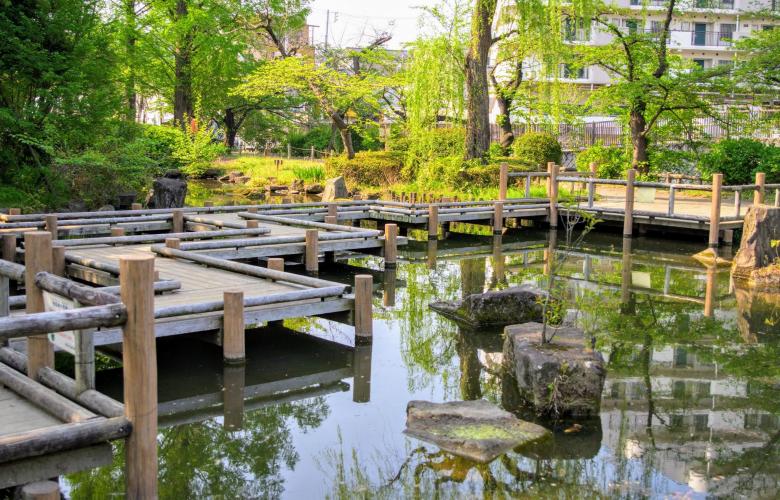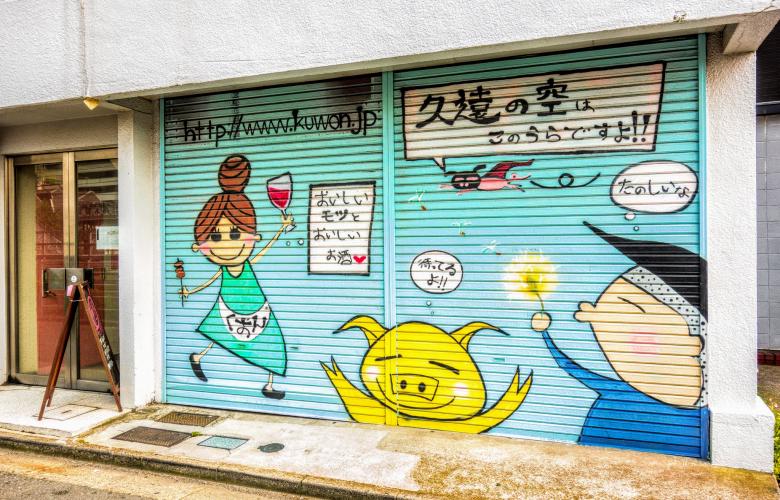If you've ever set foot in Nakano, you'll be as perplexed as we are as to why it isn't on more tourist itineraries — or lists of Tokyo's most liveable places.
One of Tokyo's smallest wards, Nakano is also one of the most densely populated, yet lacks the oppressiveness that can characterise some other parts of the prefecture.
People who live in Nakano tend to love it, often putting down roots that extend for generations. A quick look at the area makes the reasons for this clear. It's central, well connected, chock-full of useful facilities for young and old alike, and pleasing on the eye to boot.
On top of all of that, Nakano is relatively affordable - especially compared to some of its neighbours. Recently, rents have decreased, upping the appeal for people looking to move to or within Tokyo. And with one in 20 residents reportedly being from abroad, it gets a lot of cred among expats.
Nakano Station
A single stop from Shinjuku, Nakano Station is a major hub on the busy JR Chuo Line and Sobu Line, allowing easy access to Tokyo Station, as well as Mitaka, Tachikawa and Hachioji. It's also on the Tokyo Metro Tozai Line, which is convenient for those commuting to Otemachi, Nishi-Funabashi or Tsudanuma. While these train lines can put the crush into Tokyo's morning rush, they are ideal for off-peak travel around town.
Nakano Station is situated roughly in the lower-central part of the ward; serving the outlying areas are a number of other stations, including Higashi-Nakano (one stop east on the Chuo and Sobu Lines, also on the Oedo Line), Shin-Nakano Station (on the Marunouchi Line) and Nakanosakaue Station (on the Marunouchi and Oedo Lines).
Shopping and entertainment
Nakano is a shopper's paradise, with a huge range of outlets serving different markets. Perhaps most well known is the Nakano Broadway complex, one of Tokyo's centres of pop culture and a must-visit for fans of anime, manga and gaming. It's also a good place to browse for clothing and groceries, or go for a bite to eat.
Also in the area is the Marui department store, regular supermarkets, tiny mom-and-pop greengrocers and the like.
Nakano ranks highly when it comes to youth entertainment, but it has options to suit all tastes. You can find everything from bowling alleys to games arcades, live music venues (the large Nakano Sun Plaza Hall and myriad mini spots), bars, cafes, ramen restaurants (foodies love this neighbourhood), a folklore and history museum, an old-school public bath (Kotobuki-yu), weekends-only planetarium (Nakano ZERO) and even a Fruit Academy, where you can learn some fancy fruit skills, such as apple carving.
Art and parks
Nakano hides the odd art gallery and is rich in street art. It also has a decent number of green spaces, offering a breather from the tightly wound cityscape.
Places to sit, stroll or enjoy a picnic include Momijiyama Park, Nakano Central Park (surrounded by shops and eateires, sometimes host to events) and, perhaps the local favourite, Tetsugakudo Park. Also known as the Temple of Philosophy Park, this one has been helping Tokyoites relax for over 100 years. It's a large, lovely place to go for a bit of a wander.
Shrines and temples
If Zen is your thing, you're in luck: Nakano has no fewer than four Buddhist temples, plus a Shinto shrine too. When you need some grounding (or a good dose of history—they carry centuries), the Zenjoji, Jisso-in, Rengeji and Araiyakushi Baishoin Temples await, as does Numabukuro Hikawa Shrine.
Schools and medical care
Nakano is home to a stack of high schools, as well as six tertiary learning institutions—including campuses of the world-renowned Meiji University and University of Tokyo.
When it comes to healthcare facilities, the area is well-supplied with English-speaking doctors, dentists and optometrists, making life a little easier for those less than fluent in Japanese.
By Carey Finn
Similar to this:
From Tokyo to Takao: 5 reasons to live on the Chuo Line
Life done well: Tokyo's delightful Daikanyama neighbourhood
An overlooked area of Tokyo: Ikebukuro

